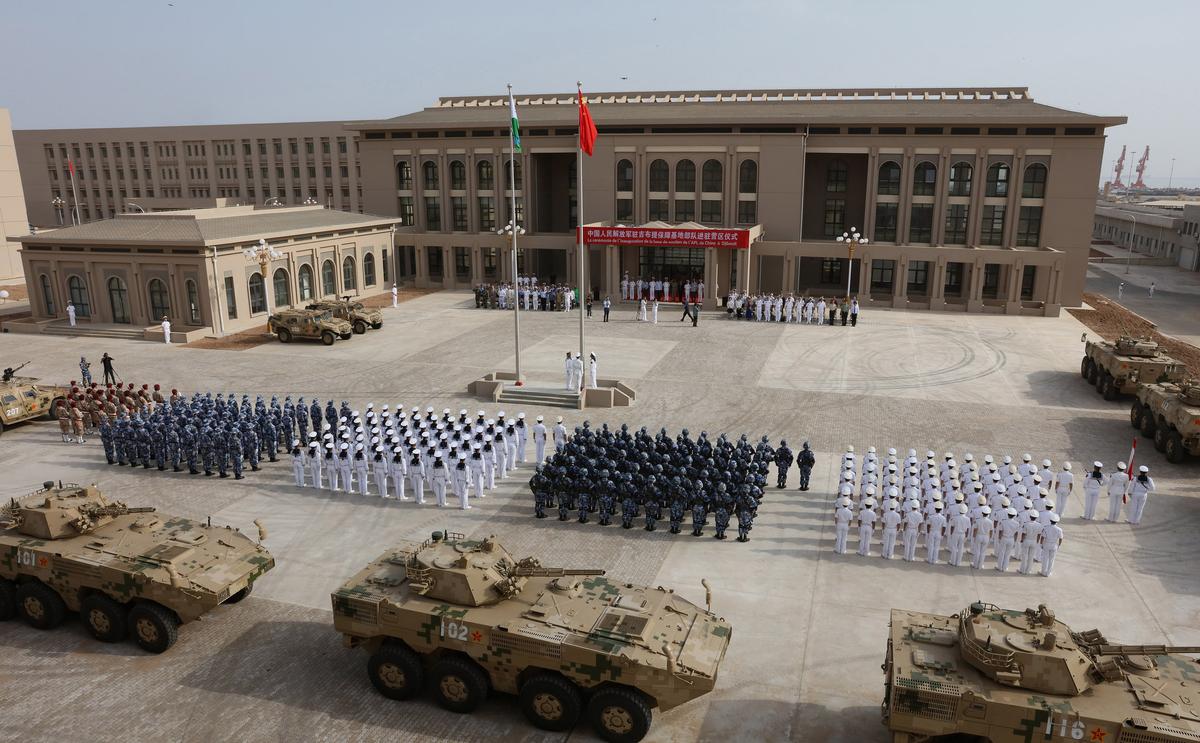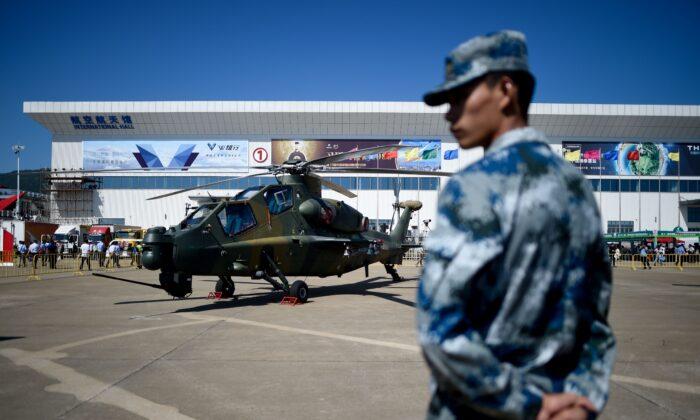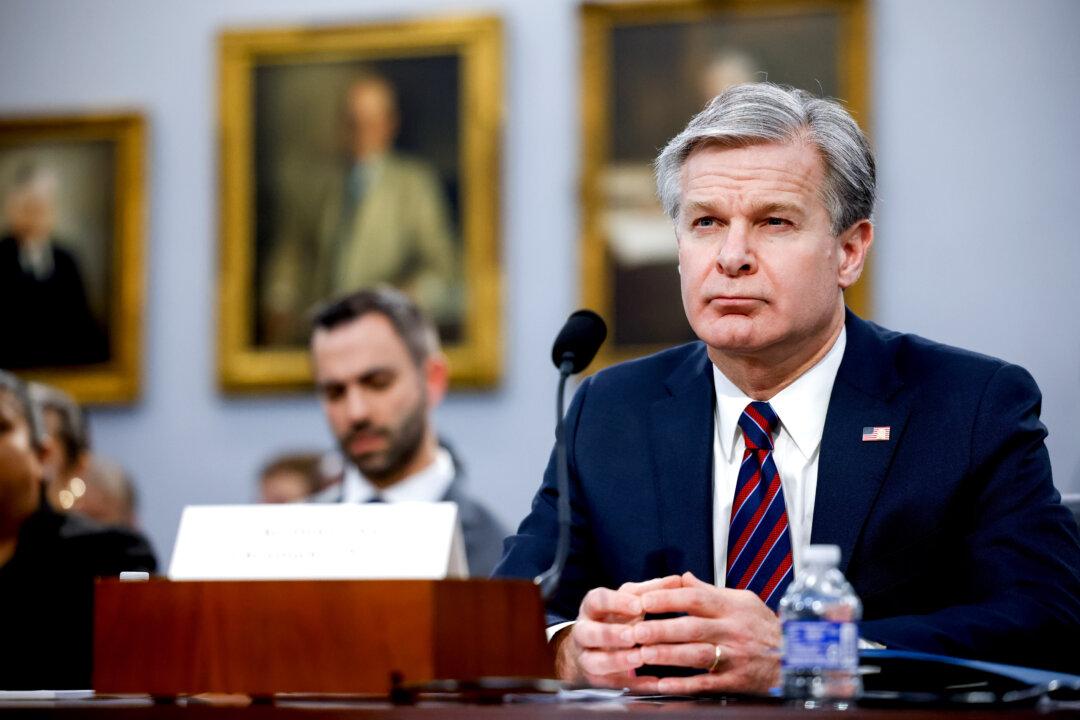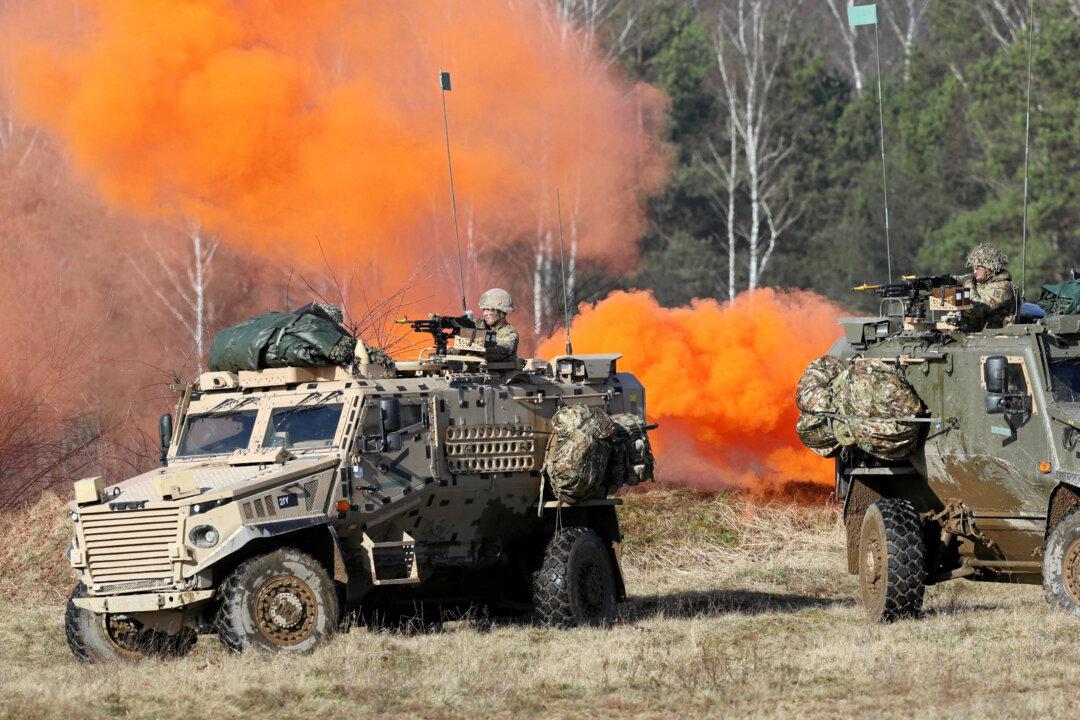The Chinese military is reportedly set to purchase at least three dozen Russian attack helicopters to improve its amphibious assault capabilities. The deal would mark the third largest Sino-Russian arms trade ever and would bolster China’s capacity for a potential assault on Taiwan, as well as power projection across the Indo-Pacific more generally.
A Boon to CCP Adventurism
The helicopter in question is the Ka-52K, a ship-based attack helicopter that would be flown from China’s Type 075 landing helicopter dock, and used in close assault during amphibious operations.Experts say that the Russian tech would shore up inadequacies in Chinese manufacturing capabilities.
“China’s initial purchase of three dozen attack helicopters represents a weakness in their military technology,” said Casey Fleming, CEO of strategic advisory firm Black Ops Partners.
Sam Kessler, a geopolitical adviser at the multinational risk management company North Star Support Group, added that the deal would also improve Sino-Russian relations and meaningfully expand upon Chinese military capabilities.
“The purchase of the Russian Ka-52K helicopters helps strengthen China’s defense relationship with Moscow and would provide the PRC [People’s Republic of China] with immediate access to stronger and heavier naval attack helicopters with extra capabilities than the Chinese Z-10 possesses,” Kessler said, referring to the country’s native attack helicopter.
“The Z-10 helicopter is not equipped to play the amphibious and island landing role that the Russian Ka-52K is capable of doing,” Kessler added. “This gives China the opportunity to establish both a short-term deterrent and amphibious assault capability, while they continue developing their future line of naval attack helicopters.”
In the case of the Ka-52K, such an effort would present a notable leap forward in Chinese military technology.
The helicopter carries a 30 mm automatic cannon with a maximum rate of fire of 550 rounds per minute. It can wield multiple types of ammunition such as armor piercing and explosive incendiary rounds, and can engage both infantry, light-armored vehicles, and other aircraft. The helicopter is also capable of launching air-to-surface or anti-ship missiles.
Vitally, the helicopter would greatly improve the PLA’s amphibious capabilities with regard to seizing islands such as Taiwan.
“The purchase of the Russian attack helicopters is primarily a threat to Taiwan and secondarily a tactic to patrol and enforce the CCP’s interests in the South China Sea,” Fleming said.
“The Russian Ka-52k helicopters were designed for amphibious island landing capabilities as well as meant to be housed on their Type-075 carrier ships designed for holding both helicopters and land vehicles,” Kessler said.
“The capability is there, whether it’s used for a potential conflict with Taiwan or somewhere else in the Indo-Pacific.”

Death of the West or a Marriage of Convenience?
The deal would mark China’s third largest arms deal with Russia, likely costing over $720 million for the helicopters, though possibly more if there are additional weapons or services bundled with the package.Kessler believes that the deal represented a quick fix to military and economic hardships by both countries.
“The arms deal is an indication that Beijing needs a quick strategic fix and Moscow is willing to assist by selling their weaponry,” Kessler said.
“Although the [Sino-Russian] relationship has improved from an economic, defense, and strategic perspective, it is still a relationship with trust issues as well as long-term competing interests.”
Kessler said that the nature of the Sino-Russian relationship, and the differing long-term goals of the two nations, could result in conflict between the two nations later down the road as the CCP works to increase Russia’s economic dependency on China, but that such a conflict was likely a long way out.
“The pivot to China can be viewed mainly as a survival policy after sanctions were placed on them as a result of the Crimean annexation,” Kessler said. “Both China and Russia have been upgrading their partnership agreements since the 1990s and they’re significantly closer now. However, there still remains a trust issue between the two while collaborating closely on strategic interests.”
“It’s very possible [the deal could hurt Russia] if Moscow becomes too over-reliant on Beijing as economic trade, development, and defense relations between the two countries continue to increase,” Kessler added.
“Right now, Moscow is able to operate in their sphere of influence and on their terms, but that can change depending on the scenario with China, the U.S., and other players.”
Fleming believes, however, that the relationship between the nations had grown too close, and that this latest arms deal presented yet further evidence of a growing anti-Western and anti-democratic alliance.
“The key takeaway is that China, Russia, Iran, and North Korea have aligned against and consider the U.S. and our Western allies as enemies.”






Friends Read Free